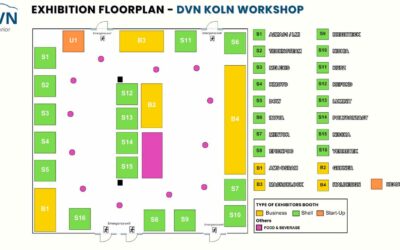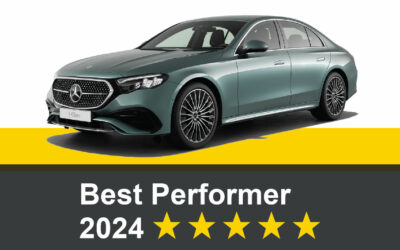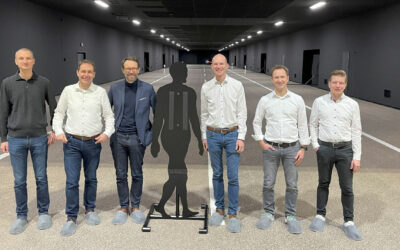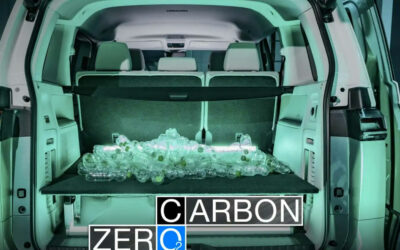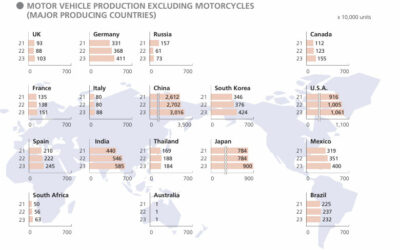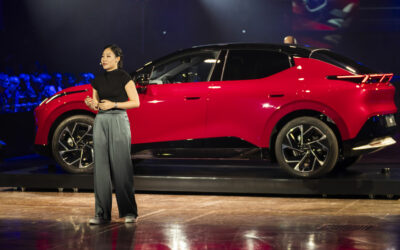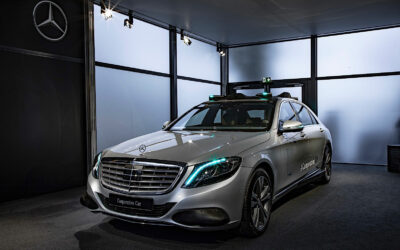By Paul-Henri Matha
At the 2018 Geneva Motor show seven years back, the Mercedes Maybach was the first car equipped with high-definition (HD) headlamps. Then Audi launched their e-tron with HD lamps. Both these pioneering cars had lamps made by Marelli.
HD headlamps are those with over 1,000 pixels, or a resolution finer than 0.1°. Before HD technology, the maximum resolution for ADB was around 1 degree, achieved with solutions like single-row matrix or multi-row pixel.
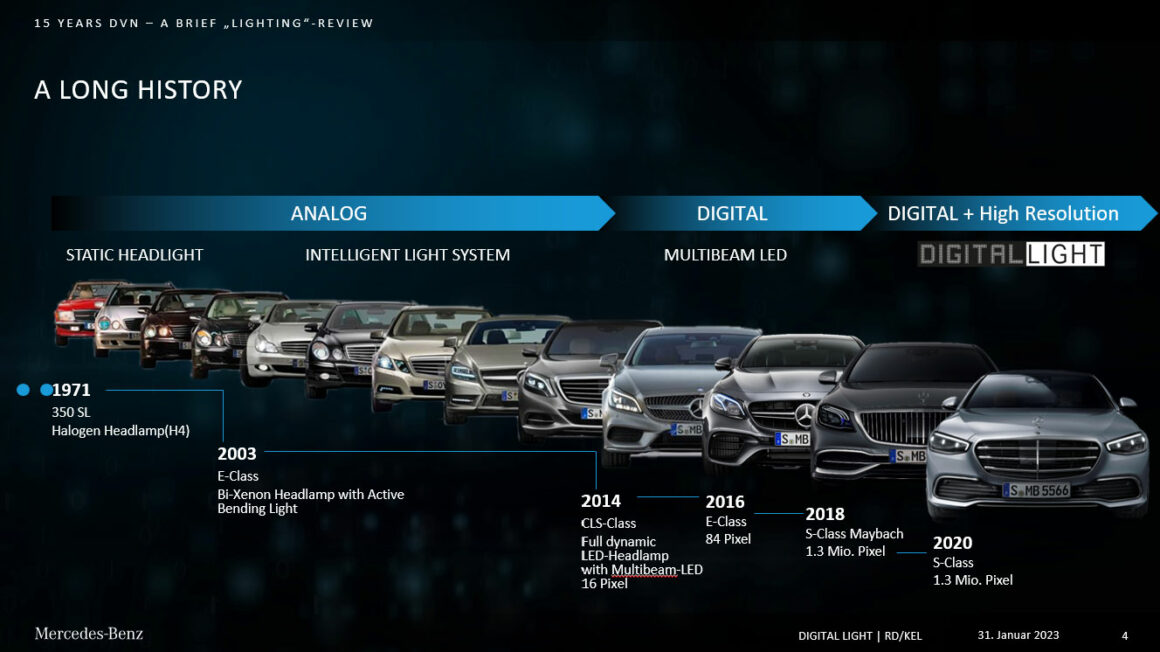
With HD technology, the resolution can be made much finer, with two major goals: increase safety in ADB mode by making the shadows smaller and more precisely aligned with other road users’ eyes, and the ability to project symbols or text on the ground and on the wall.


DLP Technology
This technology was initially possible with DLP technology from Texas Instruments, already known for consumer applications (projectors). The first automotive DLP module was developed by Marelli for Mercedes and Audi, and got the Automotive News Pace award in 2020.

It was quite large—183 mm deep.

With a 0.55-inch, 1.3-megapixel DMD chip, the possible HD area was 14°H × 7°V. Imax was 50 kcd. The rest of the low and high beams were produced by a second module, such as a bi-matrix, to reach the width and hight requirements of the beam patterns.

Legalities
From January 2023, after around five years of discussion in GTB and GRE, UN R149 was updated with the 01 series of amendments to include four road projection symbols. These projections must be just below the low-beam cutoff, at or below 1.2 degrees down from horizontal.
So, if the headlamp is at 80 cm height, road projections can be seen at 8 m from the car, as shown by BYD during DVN Shanghai 2024 (here at 5° down from H):

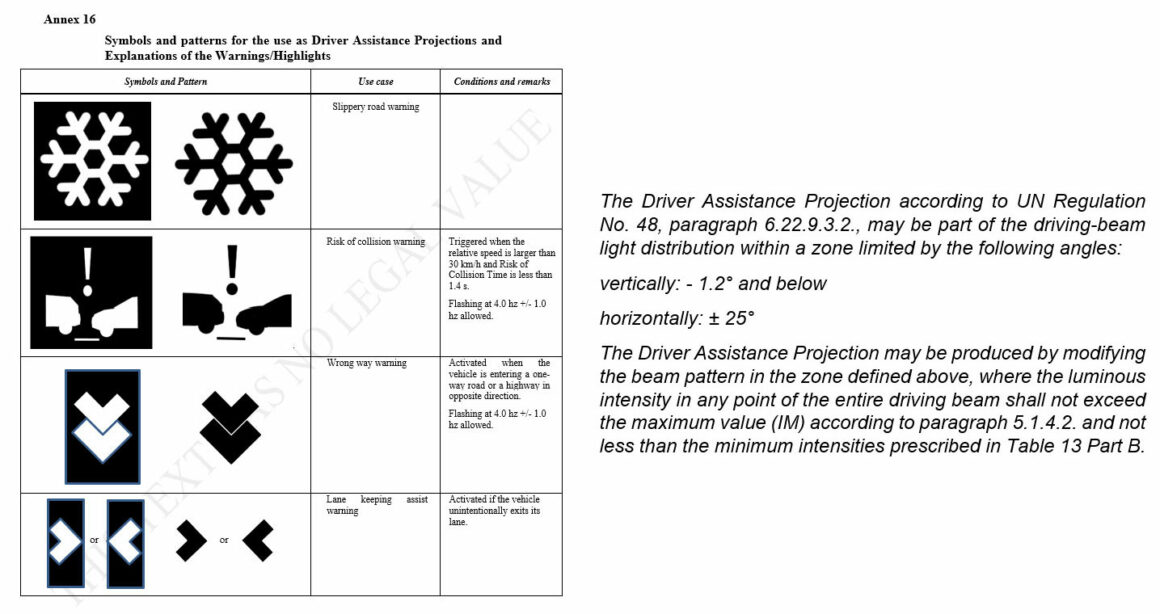
Relevant section of UN R149-01
At GRE in October 2024, it was decided to add the predicted-trajectory symbol soon:
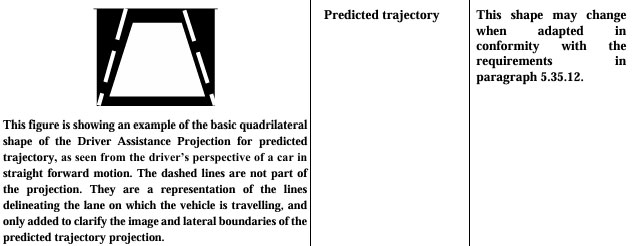
In China, from 1 July 2025, all road projections—considered part of ADB—will be accepted under the new Chinese national standard GB4599-2024, without a restricted list of symbols as in UN R149.
DLP applications
After seven years, DLP solutions are now on a lot of different vehicles:
- Mercedes; over 10 models starting in 2018, from Marelli (Gen1 and Gen2 C-class) and ZKW
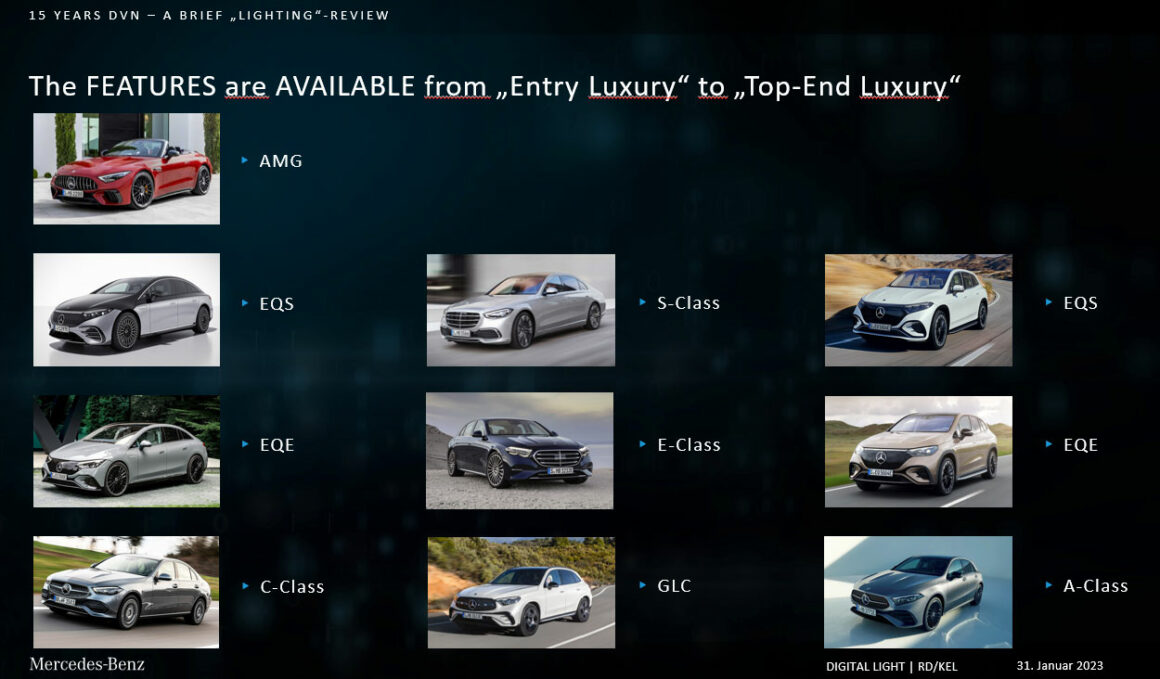
The Mercedes GLC module from ZKW is 154 mm deep:

- Audi: 2019 e-tron, 2021 A8, 2022 Q8 e-tron—2021, 2022 Q8 e-tron; from Marelli (Gen 1)

- 2019 Wey VV6 & VV7, from Mind
Field of view 14° × 7°, Imax 75 kcd

- 2021 Hiphi X and Z from Hasco Vision

- 2022 IM L7 and LS7, from Hasco Vision

- 2022 Range Rover, from ZKW
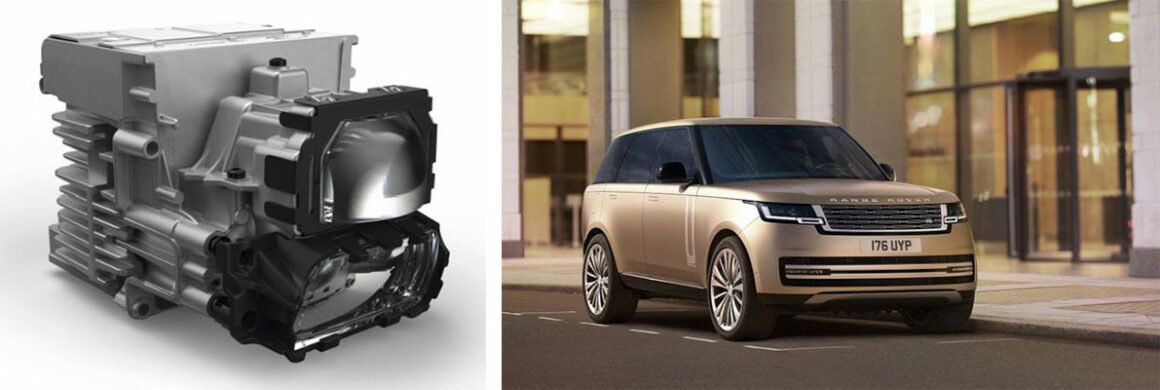
- 2024 Volvo eX90 and Polestar 3, from ZKW

- 2024 BYD U7 and N9, from BYD Fudi

- 2024 Cadillac Celestiq, from SL

- 2024 Changan Deepal S05, from Huawei
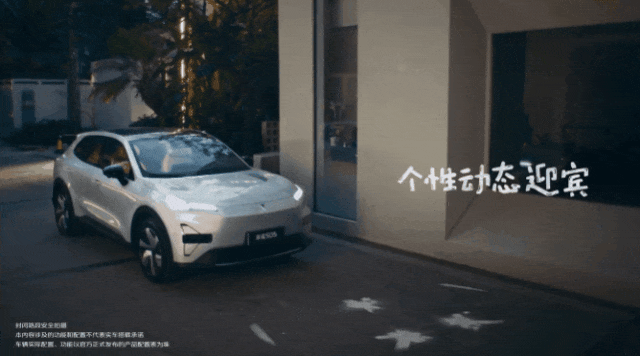
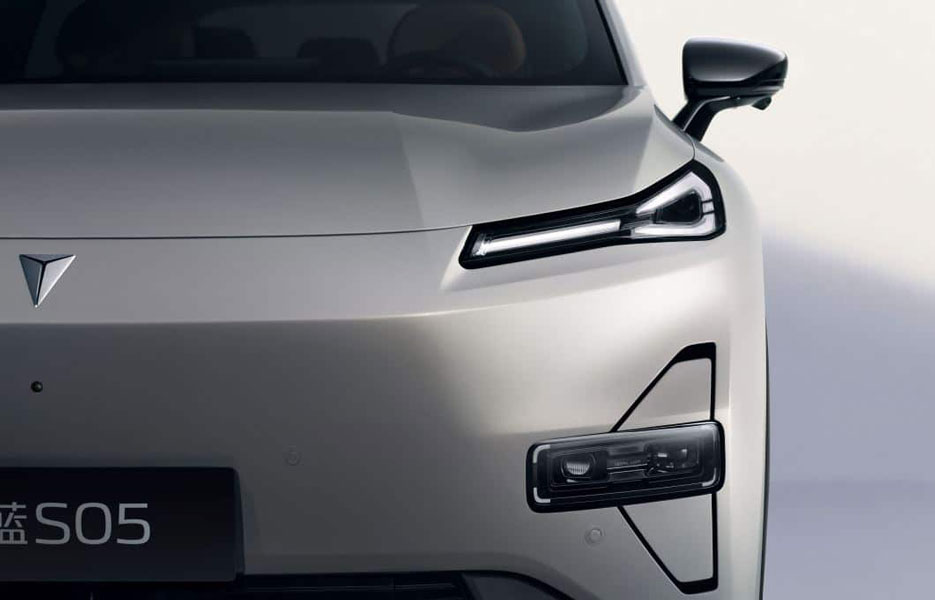
- 2024 Aito M9 and S800 Maestro, from Huawei / Xingyu

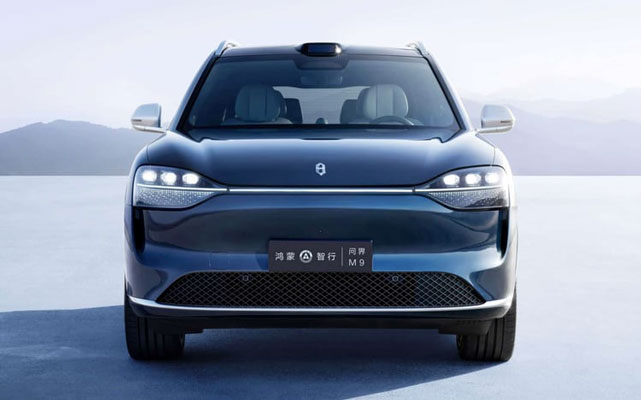
The main focus in China with DLP application is on interaction and near-field projection. For example, on the Aito M9, an additional reflection has been added to enable near-field projection at 3 metres, compared to the classical solution between 7 and 8 metres ahead of the car.
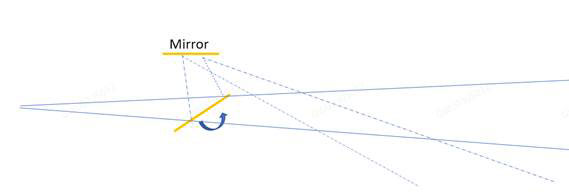
The DLP module is 145 mm deep and has a second mirror and a stepper motor to add (or not) this additional reflector to move the projection from 8 to 3 metres. It’s an arrangement similar to the bi-xenon and bi-halogen solenoid actuator 20 years ago to generate a low and high beam from a single projector.


Other technologies
BladeScan is a Koito technology available on Lexus models from 2019. It offers an attractive reduced dark zone but cannot project symbols.

MicroLED
From 2023, microLED technology is also available. The first introduction was done by Porsche, Forvia Hella, and Nichia on the Porsche Cayenne.

HD lighting is done by 2 HD modules with a FoV 40°H × 10°V with 28,125 cd, and 20°H × 5°H with 75 kcd.
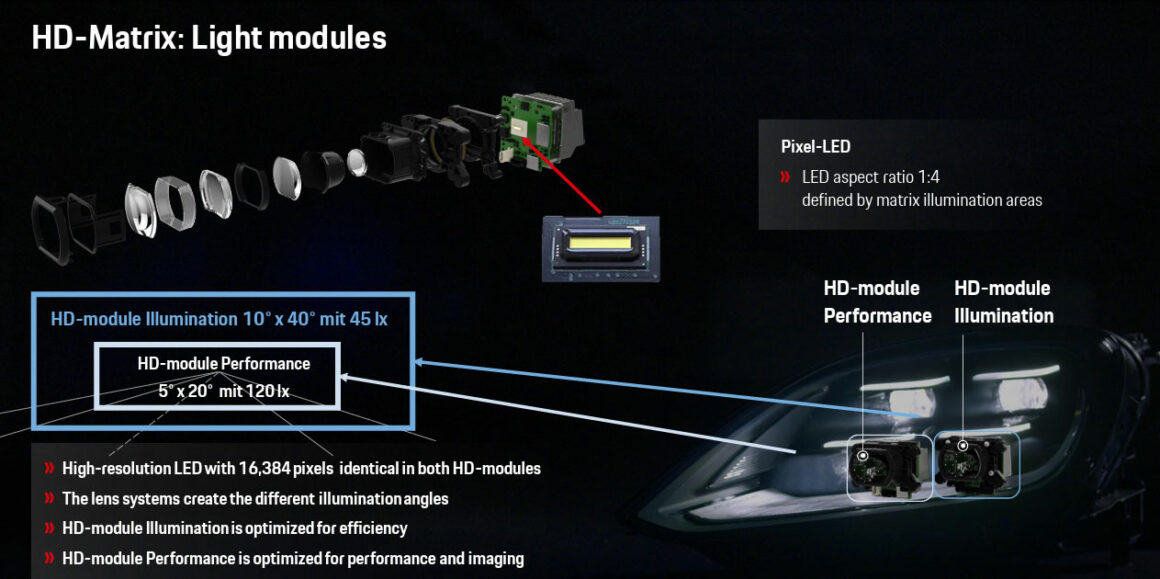
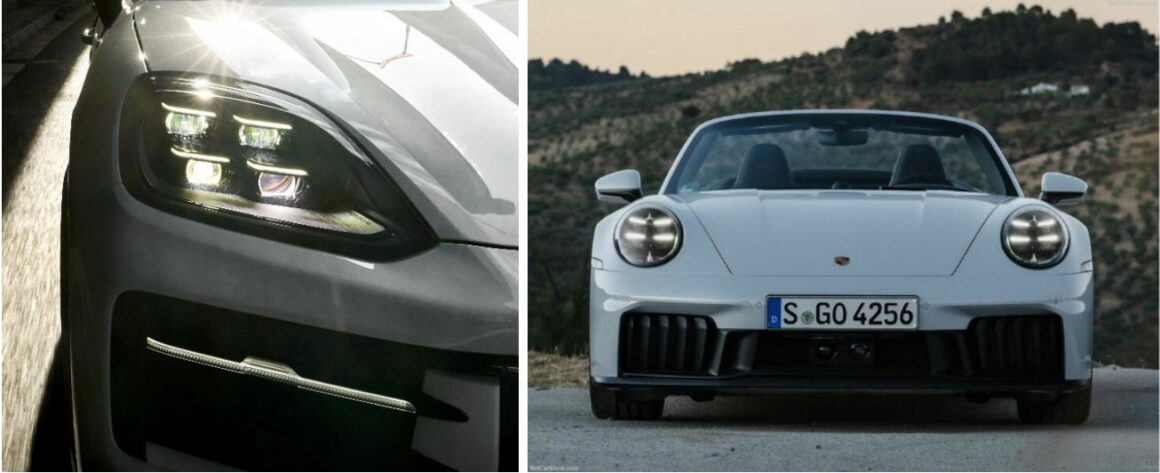
The modules are much smaller, just 102 mm deep. Find more information from our DVN field trip to Porsche R&D and our Cayenne night drive.

The second µLED introduction was done by Marelli and ams Osram. Compared to DLP, this technology offers lower cost, smaller module size, lower power consumption (about half!), and a bigger FoV of 18°H or 24°H × 6°V.

As with DLP, the µLED HD module is supported by a second module, a bi-matrix for example, to provide the full low and high beam, as described by Stellantis during SIA VISION 2024 on their Opel Grandland (lighting produced by Marelli).
The first application was done by VW on the Touareg and Tiguan models with 1:3 ratio; DVN did a night drive of that system.
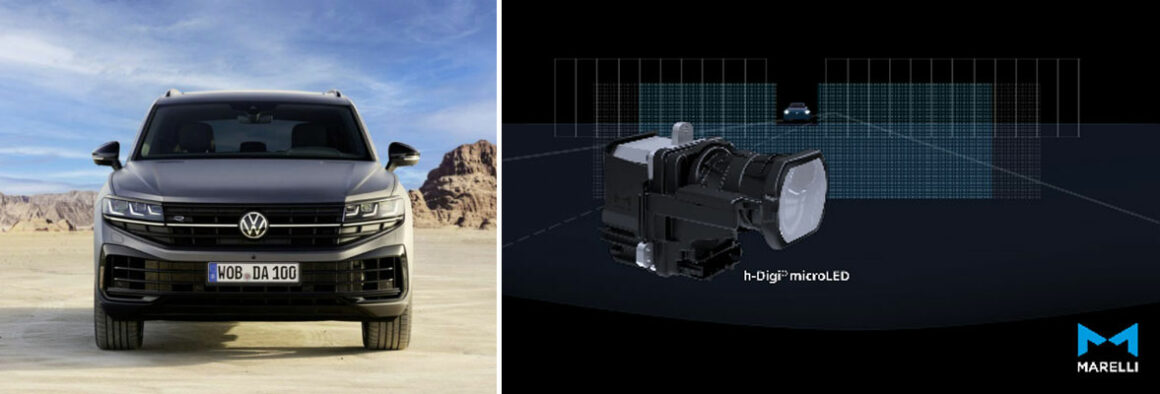
A second application was on the Opel Grandland, which DVN also night-drove.

With 1:4 ratio and a 24°H × 6°V field, this concept provides a larger horizontal field of view for ADB, and Imax of 75 kcd.
µLED applications
As of January 2025, microLED headlamps are now on a lot of different vehicles:
- Porsche 911, Cayenne, Taycan, Panamera by Forvia Hella, 16 kilopixels
- VW Touareg, Tiguan, Tayron by Marelli, 19 kpx
- SAIC-VW Tiguan Pro and Teramont by Hasco Vision, 25 kpx

- Opel Grandland by Marelli, 25 kpx
- Cupra Terramar by ZKW, 25 kpx and 24°H × 6°V field with one HD on left headlamp

- Cupra Leon, Formentor by Hella, 16 kpx and 24°H × 6°V field with one HD on left headlamp

- Nio ET9 by Marelli, 25 kpx

Other lighting suppliers have mentioned their impending µLED entries as well:
- Mind: 25.6 kpx, Imax 95 kcd, 24° × 6° FoV; SOP 2025
- Valeo: 16 to 25 kpx, module size 106 × 138 × 177 mm (as published on Valeo website)
- Koito: 16-kpx module demonstrated at CES 2025
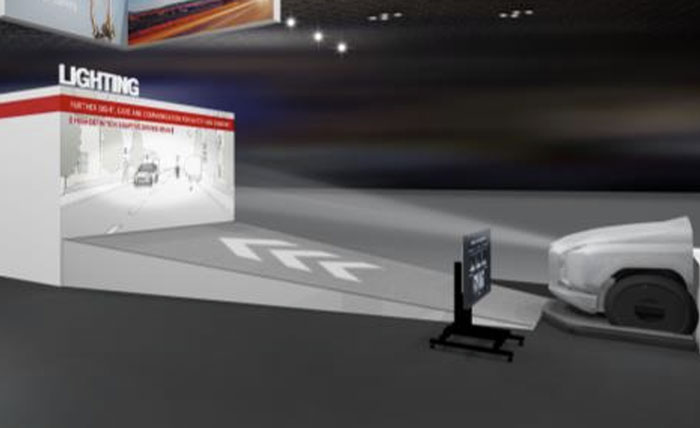
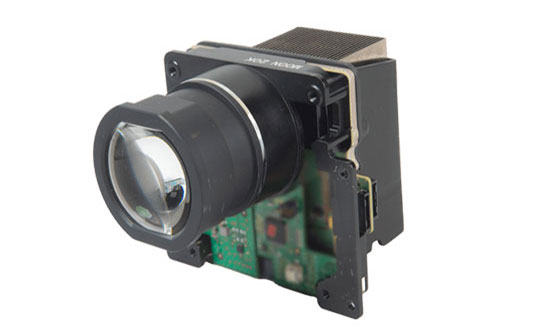
Market overview
In China, we can currently see some concerns about near-field microLED projections especially in static condition when vehicle is parked, in low speed manoeuvers, and on curvy roads as shown here. While DLP offers a 7-degree vertical field, µLED presently offers a shorter 6-degree vertical FoV. And resolution for symbols and video displays is still better with DLP.

Huawei have also shared some scenarios with the need for nearfield projection during DVN Shanghai Workshop 2023, with projection distance as close as 2 metres from the car.
With the latest evolution of the regulations, the market for HD headlamps will continue to grow; according to S&P Global, it may reach a market of 8 million units per year in 2030, over half of which for the Chinese market.
Moreover, they see a difference between DLP and microLED equipment rates between Europe and China, due to the importance of HD for ADB in Europe versus importance of HD for interaction and road projection in China. They predict a 2030 share of 80 per cent µLED and 20 per cent DLP in Europe, versus a China-market mix of 60 per cent µLED and 40 per cent DLP.
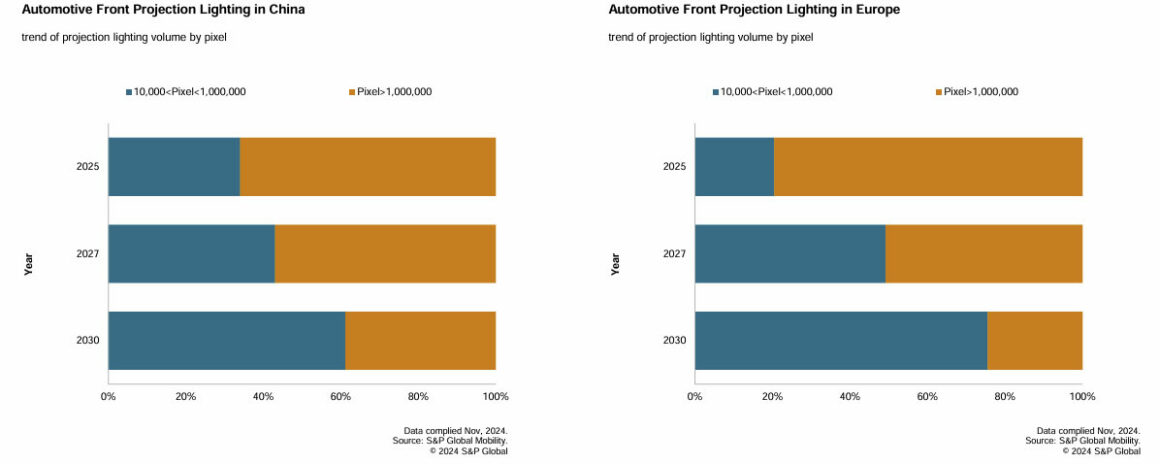
Technical evolution
Technology is evolving fast and already some updated proposals are coming into the market to improve performance and address the concerns:
- DLP: the latest 0.55-inch DMD + DLPC231 permits extended FoV of 20°H × 10°V and Imax over 78 kcd. This will improve ADB width and also projection in the near-field area. This proposal was mentioned in BYD’s presentation at DVN Shanghai to solve their current issues for projection and curvy roads.
Another 0,46-inch DMD chip also permits price reduction with similar performance: FoV 14°H × 7°V, Imax around 62.5 kcd, and 0.9 megapixels. Hasco Vision presented at DVN Shanghai their new DLP including this chip, with an even higher Imax over 78 kcd.
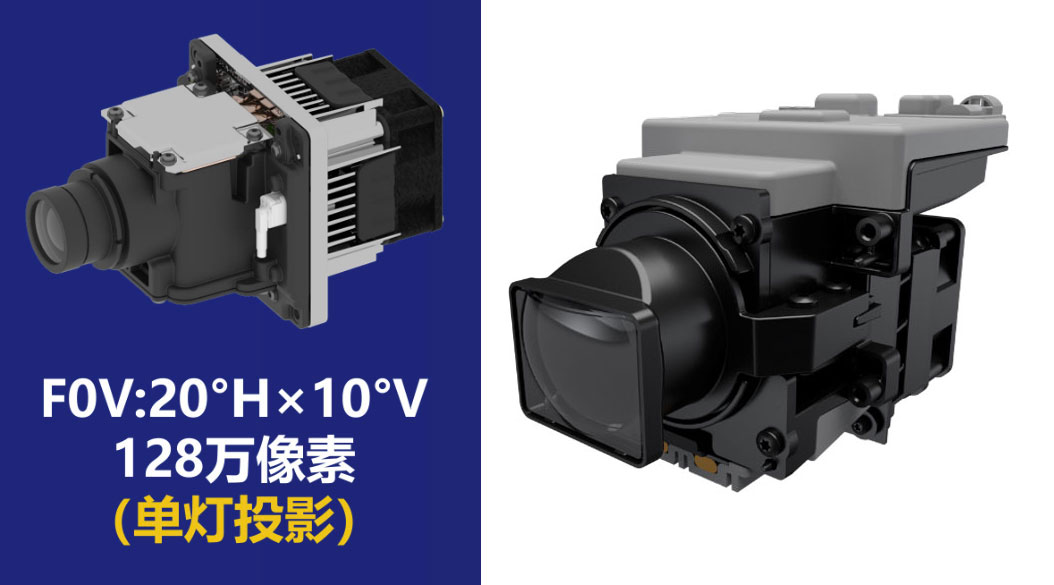
- MicroLED: LED suppliers Nichia and ams Osram are working to increase the resolution with 100 kilopixels to improve road projections resolution and perhaps FoV. At the same time, to reduce the cost and simplify ADB system and especially EE architecture, LED makers are working on a 4-kilopixel solution that will still provide high resolution ADB performance with UART-over-CAN protocol instead of LVDS.
- Some tier-1s are also working on autofocus or image shift strategies to have a clear picture when projected on the road or wall no matter the distance, including a time-of-flight sensor.
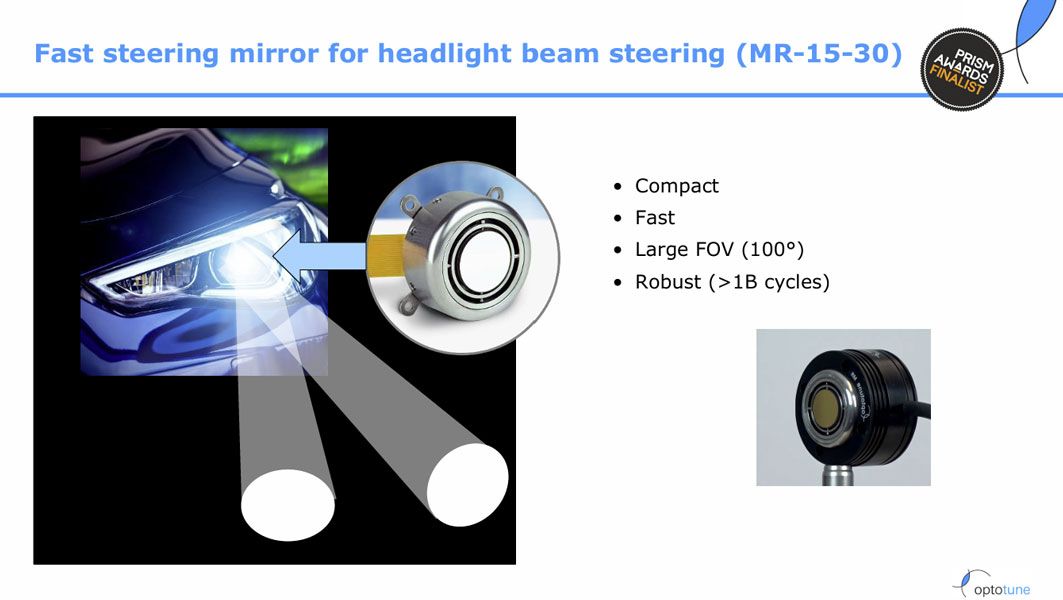
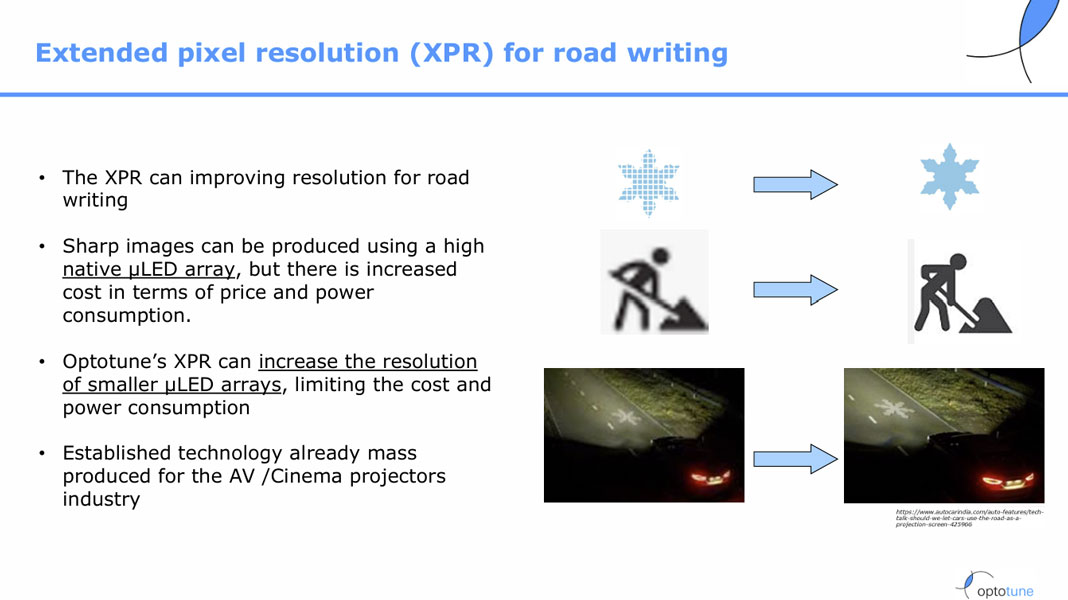
A specification alignment among all stakeholders could help tier-2 lighting suppliers
Conclusion and outlook
To conclude and extend to other application, we see also other application of HD technology in automotive lighting applications:
- Side projection with DLP (0.30-inch chip on Zeekr X)
- Interior projection with DLP on Aito M9 for video (ALPD Technology)
- Exterior projection for video application with DLP and RGB laser


